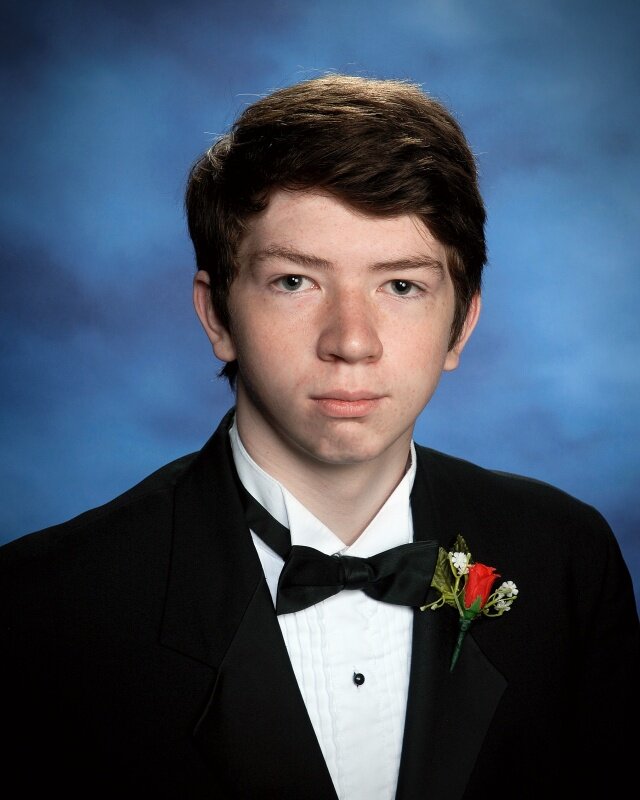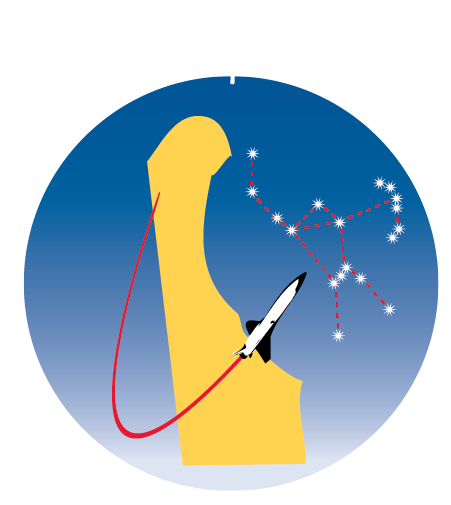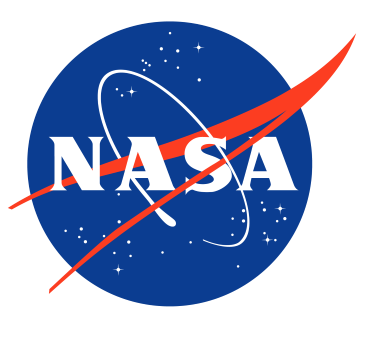
Summer Researcher with Dr. Edward Sion
Astronomy & Astrophysics, Physics, Mathematics
Villanova University
Anthony’s Research Summary Report:
Dr. Sion initiated the beginning of our research by listing some possible research topics and working with me to choose which one we would investigate. After this, he asked me some background questions and assigned some background reading. After I responded to his questions, we began our research. Dr. Sion presented a far-ultraviolet spectrum he obtained of the peculiar recurrent nova IM Normae, which had many similarities to the famous nova T Pyxidis. IM Normae and T Pyxidis are two of three (the third being CI Aquilae) total known short-orbital period recurrent novae, making these objects quite valuable for study. We analyzed the IM Nor spectrum, comparing it to that of T Pyxidis, and found many similarities between the two, consistent with previous research. But of their differences, we found excitation features such as O V (1371) and N V (1240) in the spectrum of IM Nor, which indicate that the temperature and thus accretion rate is higher in IM Nor than in T Pyx. Both of these features form at temperatures of 80,000K. We composed a paper with our findings and submitted it to the Research Notes of the American Astronomical Society, and it was accepted.
Me and Dr. Sion also began work on analyzing the data he has on cataclysmic variable Z Camelopardalis. Dr. Sion previously worked with now Villanova graduate Hayley Nofi on analyzing this system, but they never finished their work. And now there is a lot to glean from the data which exists on it, so we plan to proceed with this research and compose a manuscript for publication in a peer-reviewed journal. Although we did not finish this work in the summer, we plan to finish it during the Fall 2023 semester during the research class I have under Dr. Sion.
I learned a lot about real-world scientific experience through analyzing the spectra and reaching theoretical conclusions from them. I also composed the paper we wrote in LaTeX, providing me with significant practice writing real scientific manuscripts. We expect to present our findings at the Delaware Space Grant Research Symposium in the form of a poster presentation, which will provide me with experience making such posters and presenting them, which I look forward to. Finally, I was the corresponding author and in charge of the submission of our paper to the RNAAS, which was perfect to provide me with experience submitting to journals, which will be instrumental in my future career in astronomy. I learned a lot and it was a great experience, and I am very thankful for the opportunity!

